Bjarke Ingels Group (BIG), joined by Kansas City–based infrastructure firm HNTB, have been announced as the winners of a competition seeking a 33,000-capacity Major League Baseball stadium in Paradise, Nevada, that will serve as the future home of the Oakland Athletics once the franchise relocates as planned—a move that received a final stamp of approval from the MLB last November—to Sin City. Notably, the facility will be the first ballpark that the team, which was founded in 1901 as the Philadelphia Athletics, can truly call its own since 1909 when Philly’s old Shibe Park first opened for play.
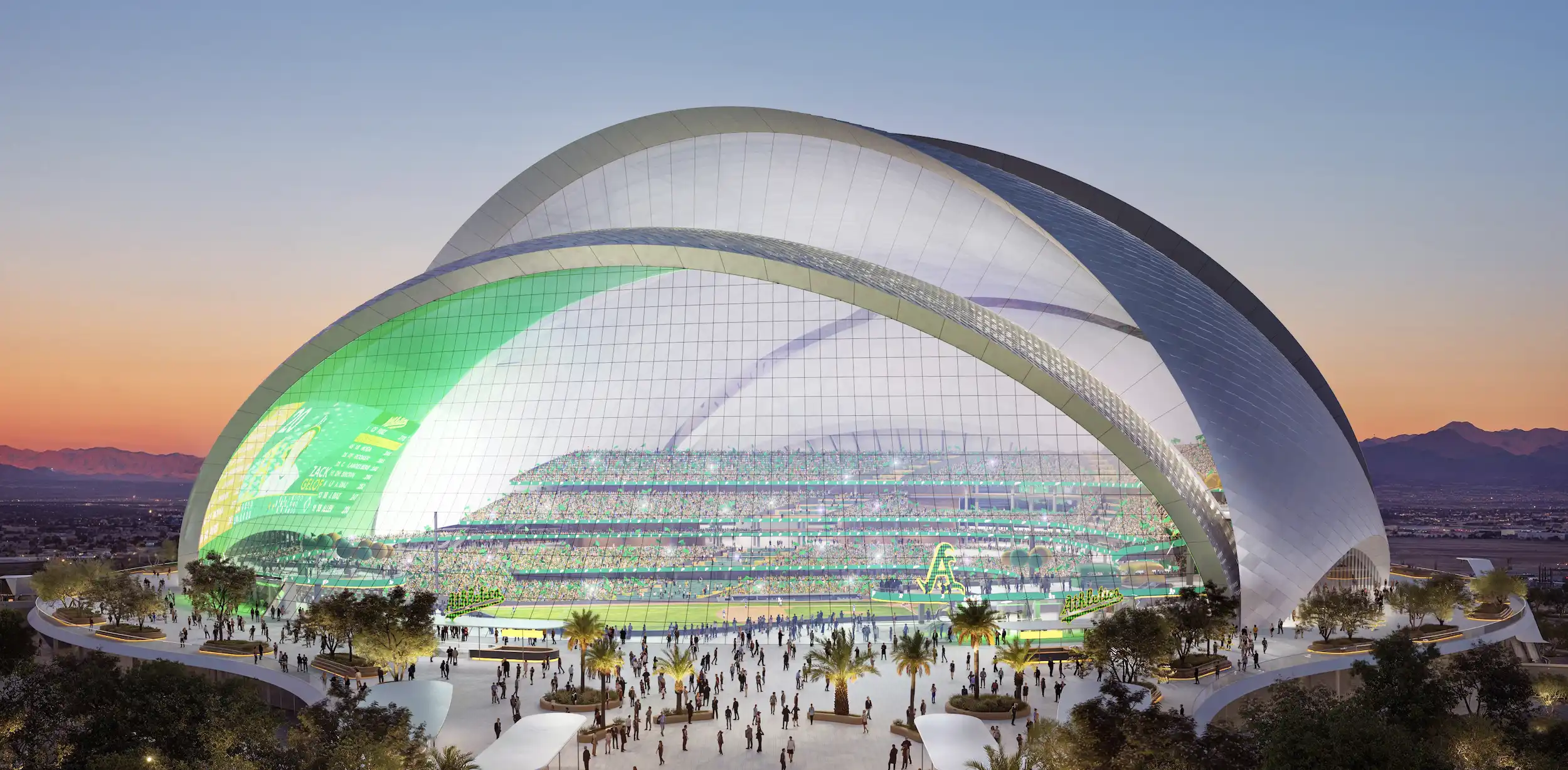
Fans enter through a large elevated plaza off of the Las Vegas Strip. Image by Negativ
Daniel Sundlin, BIG’s partner-in-charge of the project alongside Ingels, proclaimed that the A’s new home will “push the boundaries for enjoying baseball and contribute to a more interactive and spectacular urban experience in Las Vegas.” The selection of BIG for the mega-project isn’t surprising. The firm had designed a new Oakland ballpark for the A’s prior to the franchise’s ultimate decision to bid adieu to the Bay Area and head to Vegas. What has followed has been nothing short of messy and a point of controversy with fans in Oakland.
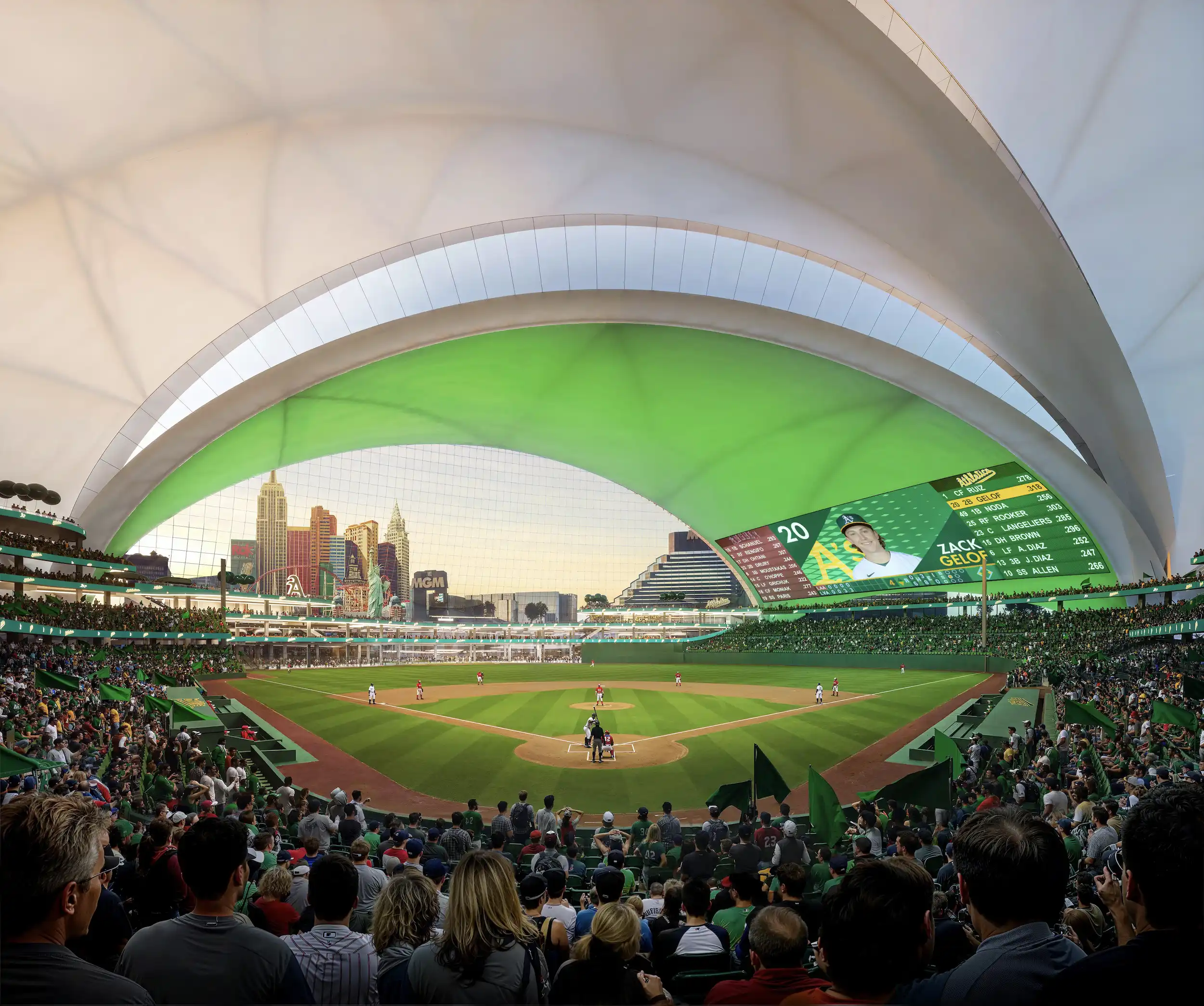
“New York” views from the stands. Image by Negativ
Topped with a fixed roof comprising five, metal panel-clad overlapping shells reminiscent of Paul Bunyan–sized baseball pennants, the A’s future Vegas ballpark will be built at a nine-acre site on the southern end of Las Vegas Boulevard where the Tropicana Las Vegas currently stands. The fading, 1950s-era casino hotel will cease operations by the end of this month and be razed by the end of the year.
The estimated $1.5 billion ballpark, slated to open in spring 2028 although a firm groundbreaking date has yet to be announced, is in good company on this sports venue–saturated stretch of the Las Vegas Strip, with close neighbors that include the MANICA Architecture–designed Allegiant Stadium, which hosted Super Bowl LVIII last month and is home to another Oakland expat, the NLF’s Las Vegas Raiders, who previously shared the Oakland Coliseum, opened in 1968, with the A’s. To the north across Tropicana Boulevard is T-Mobile Arena, designed by Populus and home to the pro hockey team, the Vegas Gold Knights.
In addition to an assemblage of shimmering pennants, the soaring, multi-shelled roof structure enclosing the ballpark has been likened by Ingels to the Sydney Opera House and to a “spherical armadillo.” According to Ingels, the desert environment–informed design, while protective, also “opens and invites the life of the Strip to enter and explore.”
“In the city of spectacle, the A’s ‘armadillo’ is designed for passive shading and natural light—the architectural response to the Nevada climate generating a new kind of vernacular icon in Vegas,” added Ingels in a statement. Another key design feature is a cable-net glass window—billed as the world’s largest—that offers fans what Ingels described as “majestic” views of the Strip and an ersatz New York City skyline just up the road.
Because this is Vegas, the Jumbotron, as designed, will also be colossal—at 18,000-square feet, the largest in the MLB—and the air conditioning system appropriately robust. As noted in a statement from BIG, cool air will be distributed to spectators directly at their seats rather than from above to improve efficiency. There’s also a throwback element to the ballpark’s tiered design, which pays homage to historic ballparks like Boston’s Fenway Park and Wrigley Field in Chicago, which feature split upper and lower bowls.
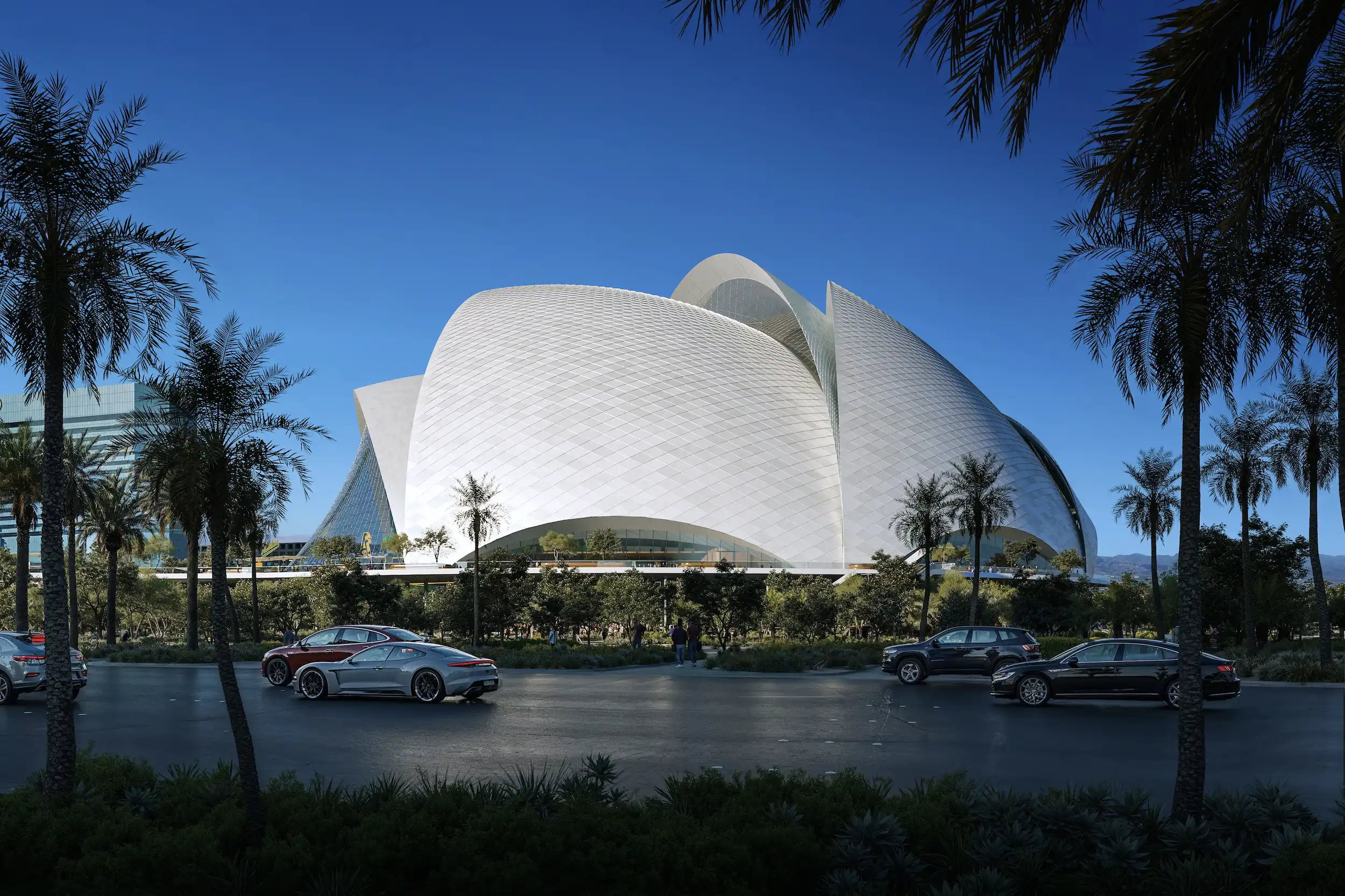
The fixed roof is formed by five overlapping shell structures. Image by Negativ
Pedestrians will flow into the ballpark’s main concourse via an elevated outdoor plaza that links up to footbridges spanning Las Vegas and Tropicana Boulevards. Additional entrances on the north and south ends of the stadium will improve accessibility; inside, twin atria will serve as multiuse venues for art exhibitions and the like. Designed with the potential to accommodate other major events, including concerts, the ballpark won’t exactly stand alone at the sprawling Tropicana redevelopment site—there are plans to erect a stadium-adjacent hotel and casino in later development phases.



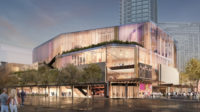
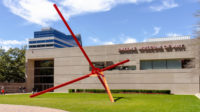
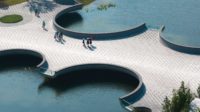
Post a comment to this article
Report Abusive Comment